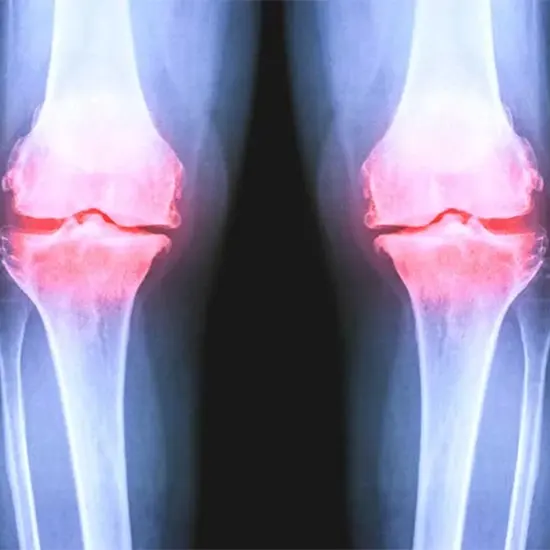
X-rays are regularly the first imaging check ordered to consider knee joint injuries. They can be useful in figuring out fractures or dislocations, as properly as assessing the alignment of the bones in the knee joint.
Unlocking mystery of knee pain and getting back on your feet.
X-rays are regularly the first imaging check ordered to consider knee joint injuries. They can be useful in figuring out fractures or dislocations, as properly as assessing the alignment of the bones in the knee joint.
In particular, X-rays can assist to visualize the following in a knee joint injury
Fractures
X-rays are specially beneficial in figuring out fractures, consisting of fractures of the bones in the knee joint such as the femur, tibia, and fibula.
Dislocations
X-rays can additionally assist perceive joint dislocations, the place one or greater bones in the joint are pressured out of place.
Alignment
X-rays can assist examine the alignment of the bones in the knee joint, which can supply vital records about the severity of the injury.
Osteoarthritis
X-rays can additionally be beneficial in figuring out symptoms of osteoarthritis, a degenerative joint disorder that can end result from preceding knee injuries.
It's well worth noting that X-rays can also now not supply a whole image of gentle tissue injuries, such as ligament or meniscus tears. In such cases, extra imaging assessments like MRI can also be required to make a extra correct diagnosis.
Introduction to X-rays in knee joint injuries
This part ought to furnish extra element about the advantages of the use of X-rays in diagnosing knee joint injuries. For example, X-rays are non-invasive, fantastically rapid to perform, and can be used to get a clear view of the bones in the knee joint.
Identifying fractures and dislocations with X-rays
In this section, you ought to provide an explanation for how X-rays can assist become aware of fractures and dislocations in the knee joint. This may want to encompass facts about how these accidents show up on X-ray images, such as seen breaks in the bone or misaligned joint surfaces.
Assessing the alignment of the knee joint with X-rays
Here, you ought to furnish greater element about the position of X-rays in assessing the alignment of the bones in the knee joint. This ought to consist of facts about how an unusual alignment can lead to in addition harm to the joint and how X-rays can assist information remedy decisions.
Detecting signs and symptoms of osteoarthritis with X-rays
This part ought to go into greater element about how X-rays can be used to notice osteoarthritis in the knee joint. This may want to encompass a dialogue of precise modifications in the bone that may additionally point out the presence of the condition, such as the formation of bone spurs or a narrowing of the joint space.
Limitations of X-rays in diagnosing knee joint injuries
Here, you should give an explanation for some of the boundaries of X-rays in diagnosing knee joint injuries, such as their lack of ability to notice gentle tissue injuries. You ought to additionally talk about how different imaging tests, such as MRI or CT scans, can be used in conjunction with X-rays to supply a greater complete photo of the injury.
When extra imaging checks might also be necessary
In this section, you should furnish greater records about the conditions the place extra imaging exams may additionally be needed. This ought to consist of a dialogue of how healthcare companies make selections about which imaging assessments to order primarily based on the patient's symptoms, the suspected injury, and the consequences of any preliminary imaging tests.
Conclusion
Here, you should summarize the key factors blanketed in the article and emphasize the significance of searching for instantaneous clinical interest for knee joint injuries. You should additionally grant some suggestions on how to stop knee injuries, such as sporting terrific footwear, warming up earlier than exercising, and heading off high-impact things to do that put stress on the knee joint.









